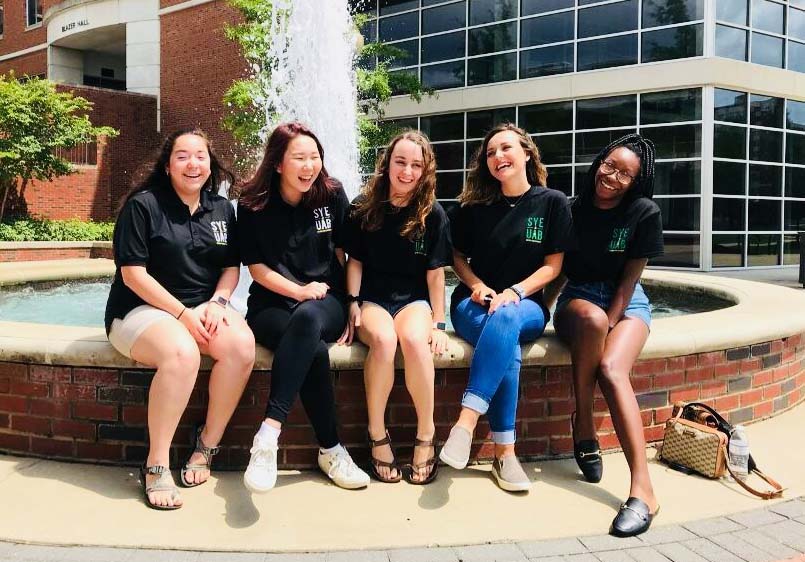Second Year Literature Review
The second-year is a time when institutions begin providing less support to students, not realizing that second-year students may be overwhelmed by the differences in their expectations and reality of college life, thus making them less likely to get involved on campus. It is expected that the first-year transition to college requires work and commitment. By the second year, however, it is usually expected that students will have adapted to campus life, thus there is an assumption that they do not need the same attention as first-year students. According to Maggitti (n.d.),” students may experience a let down from that first-year with feelings of confusion and bewilderment” (Discussion section, para 1).
Second-year experience initiatives are being developed at various institutions nationwide to provide intentional learning and leadership opportunities to second-year students as they attend college. The initiatives are being put into place to combat the inevitable “sophomore slump” that many second-year students experience. According to Sara Maggitti (n.d.), the sophomore slump describes students who lack[s] motivation, are indecisive about selecting a major, feel disconnected socially and academically, engage in behavior that interferes with their academic success (e.g., excessive drinking), flounder academically, absenteeism, lack of extracurricular involvement, and are disappointed and frustrated with their academic experience.
The sophomore slump experienced by second-year students can not only lead to poor academic progress but can also have a negative impact on retention (Tobolowsk, 2008). To be successful, several researchers note that second-year students need to establish positive working relationships with career services, develop relationships with faculty and staff, develop a sense of purpose, and develop academic and social connections with peers. According to the New York Times (2013) “6 percent of students at state flagship campuses leave in their second year”.
According to Thomas (2011) during the second year, students begin taking challenging courses, decide on internships and career paths, declare a major, and embark on a journey of self-discovery. Cuseo (2005) identified six transitional issues that may serve as key points for designing and developing a second-year experience program.
- Adjusting to the loss of special attention and support received during the first-year experience.
- Coping with the faded flush of novelty, mystery, and excitement associated with beginning college.
- Moving beyond college-entry social concerns about “meeting new people” and “fitting-in,” toward more demanding social tasks that involve sustaining initially formed friendships and advancing toward deeper, more intimate relationships.
- Moving from a first-year major/career investigation and exploration to a second-year which requires crystallization and finalization of these decisions.
- Moving from centralized, staff-delivered academic advising to decentralized, discipline-based/department-centered faculty advising.
- Transitioning from a campus-based, living/learning residential environment to independent, off-campus housing or residential apartment living (Discussion section, para 1).
Maggitti (n.d.) highlights four development milestones that are salient for second-year students: (1) achieving outcomes, (2) assuming a greater level of personal autonomy, (3) identity formation, and (4) developing purpose.
References
- Cuseo, J. (2005). The Sophomore-Year Experience: Critical Adjustments, Challenges, and Stressors. Retrieved from http://aionlinecampus.com/0213-sye-course/wp-content/uploads/2013/01/Suggested_Readings_List.pdf
- Maggitti, Sara T. (n.d.). Sophomores: The Struggles of the “Middle Children” of College. Retrieve September 14, 2014 from http://www.potsdam.edu/studentlife/services/sophomore/upload/sophomoreadvising.pdf
- Stainburn, S. (2013, November 1). The Sophomore Slump. The New York Times. Retrieved September 8, 2015 from http://www.nytimes.com/2013/11/03/education/edlife/getting-over-the-sophomore-slump.html?_r=0
- Tobolowsk, B.F. (2008). Sophomores in transition: The forgotten year. New Directions for Higher Education, 2008(144), 59-67. DOI: 10.1002/he.326
